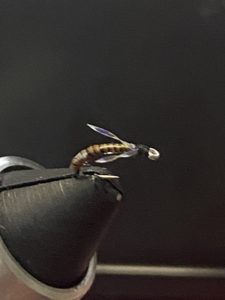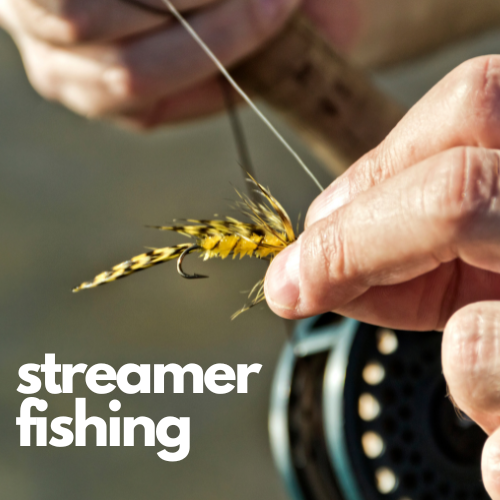Midge fishing is a popular and effective way to catch fish, especially during the colder months when other insects are not active. But detecting midge strikes when fishing with midges can be challenging, as the takes are often subtle and difficult to detect. In this blog post, we will explore some tips and techniques for determining a strike when midge fishing.
What to Look For Detecting Midge Strikes

The first and most obvious sign of a strike is a sudden movement of the line or rod tip. When a fish takes your midge, you should feel a distinctive pull or movement on your line. This can be a strong pull or a subtle tug, but it should be distinct and different from the movement of the current or wind.
Another sign of a strike is a change in the position of your indicator. If you are using an indicator, such as a strike indicator or a bobber, you should keep an eye on its position. When a fish takes your midge, the indicator will often move or disappear, indicating that a fish has taken your fly.
Another way to detect a strike when midge fishing is to watch for a “rise” or “boil” on the water’s surface. This is when a fish comes to the surface to take your midge. The fish will create a disturbance on the water’s surface. This can be a subtle change in the water’s surface or a more obvious “boil” or “splash” depending on the size of the fish.
Timing
It is also important to pay attention to the timing of your strikes. Midge fishing is often more effective when the fish are feeding during specific times of the day, such as early morning or late evening. When fishing during these times, be prepared to set the hook as soon as you detect a strike.
In addition, it’s important to watch your leader and tippet for any subtle movements or twitches. These could be the fish taking your fly and it’s a sign that you should set the hook immediately.
In conclusion, determining a strike when midge fishing can be challenging, as the takes are often subtle and difficult to detect. However, by paying attention to the movement of your line or rod tip, the position of your indicator, the rise or boil on the water’s surface, the timing of your strikes, and watching your leader and tippet, you can increase your chances of detecting and hooking fish. With practice and patience, you will become better at detecting strikes and catching more fish when midge fishing.

 Streamer fly fishing is a unique and exciting way to catch fish that involves using large, meaty flies that resemble small baitfish, leeches, worms or other aquatic creatures. These flies are designed to mimic the natural prey of predatory fish, making them an effective tool for catching a wide variety of species.
Streamer fly fishing is a unique and exciting way to catch fish that involves using large, meaty flies that resemble small baitfish, leeches, worms or other aquatic creatures. These flies are designed to mimic the natural prey of predatory fish, making them an effective tool for catching a wide variety of species. Origins of fly fishing: Fly fishing is a beloved pastime that has been enjoyed by anglers for centuries. But where did this sport originate? The history of fly fishing is rich and varied, with roots tracing back to ancient civilizations.
Origins of fly fishing: Fly fishing is a beloved pastime that has been enjoyed by anglers for centuries. But where did this sport originate? The history of fly fishing is rich and varied, with roots tracing back to ancient civilizations.